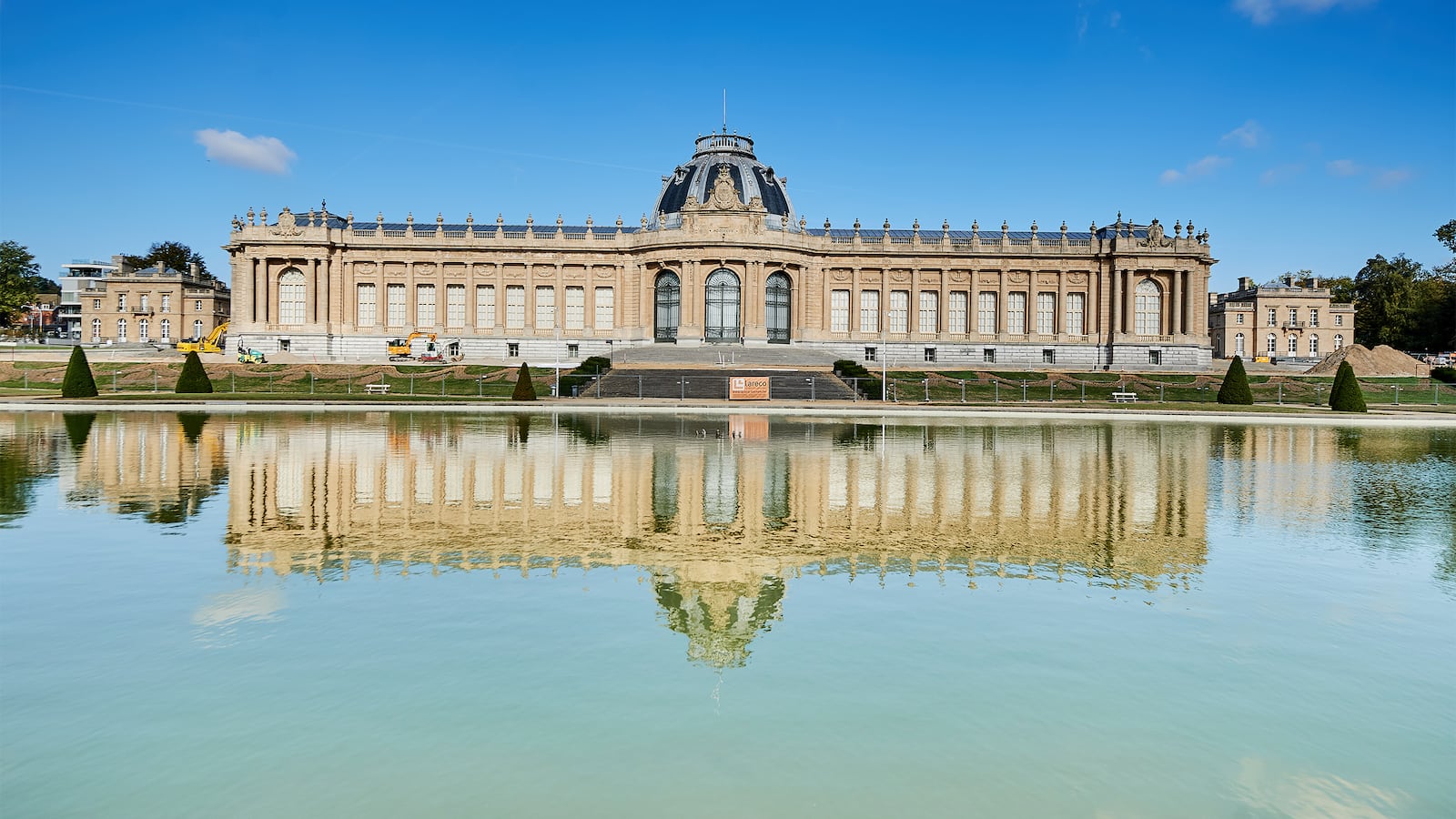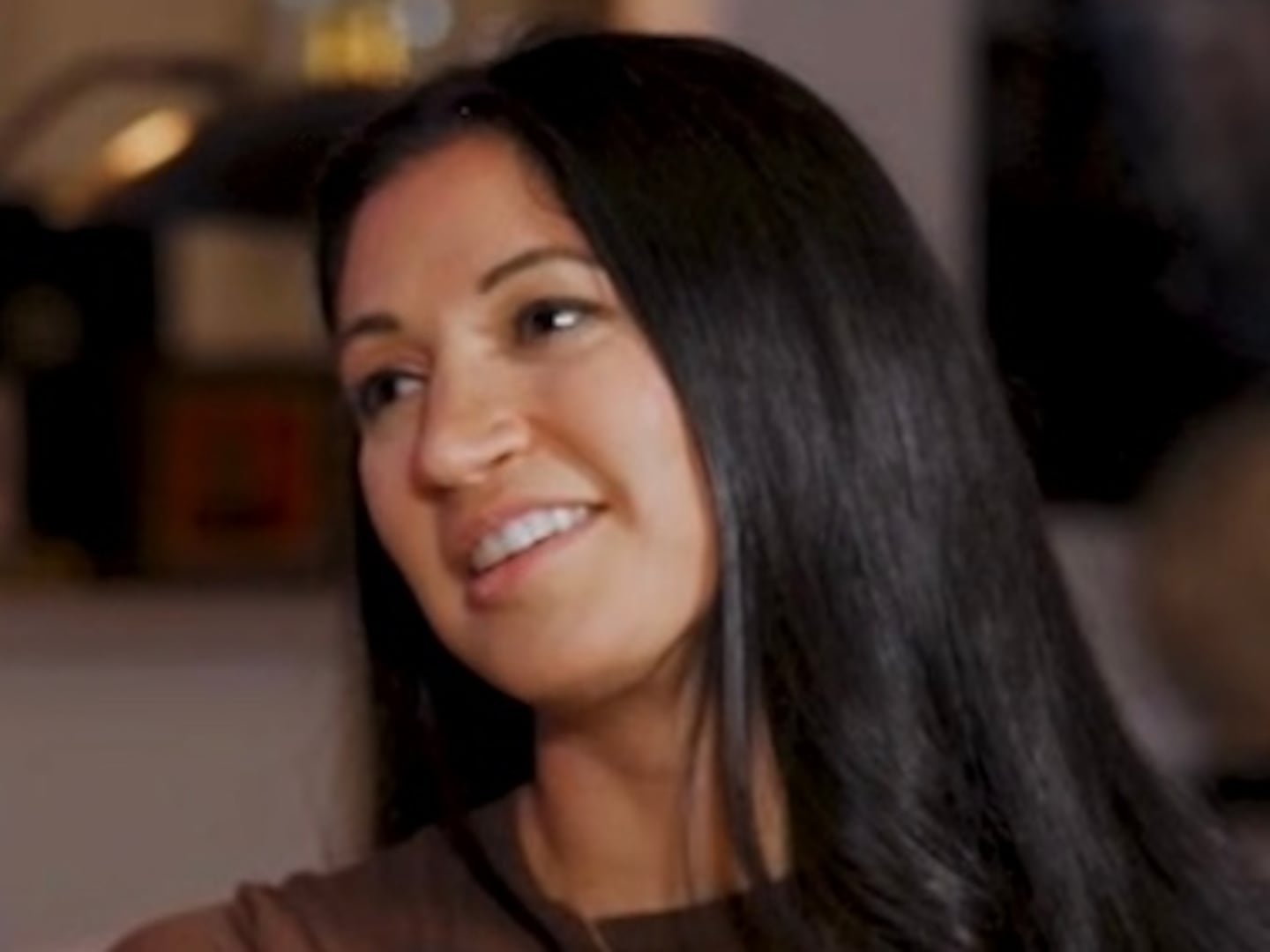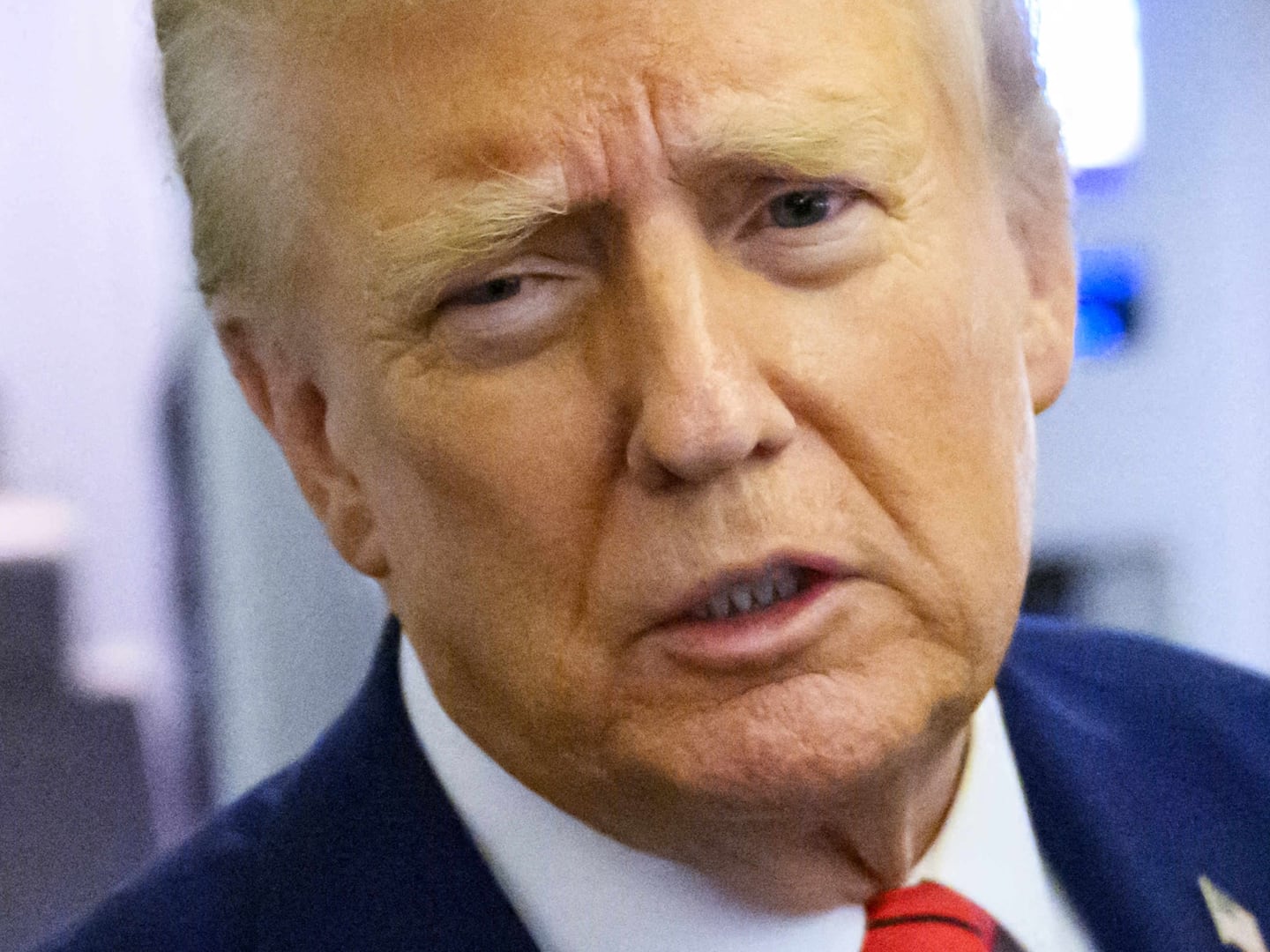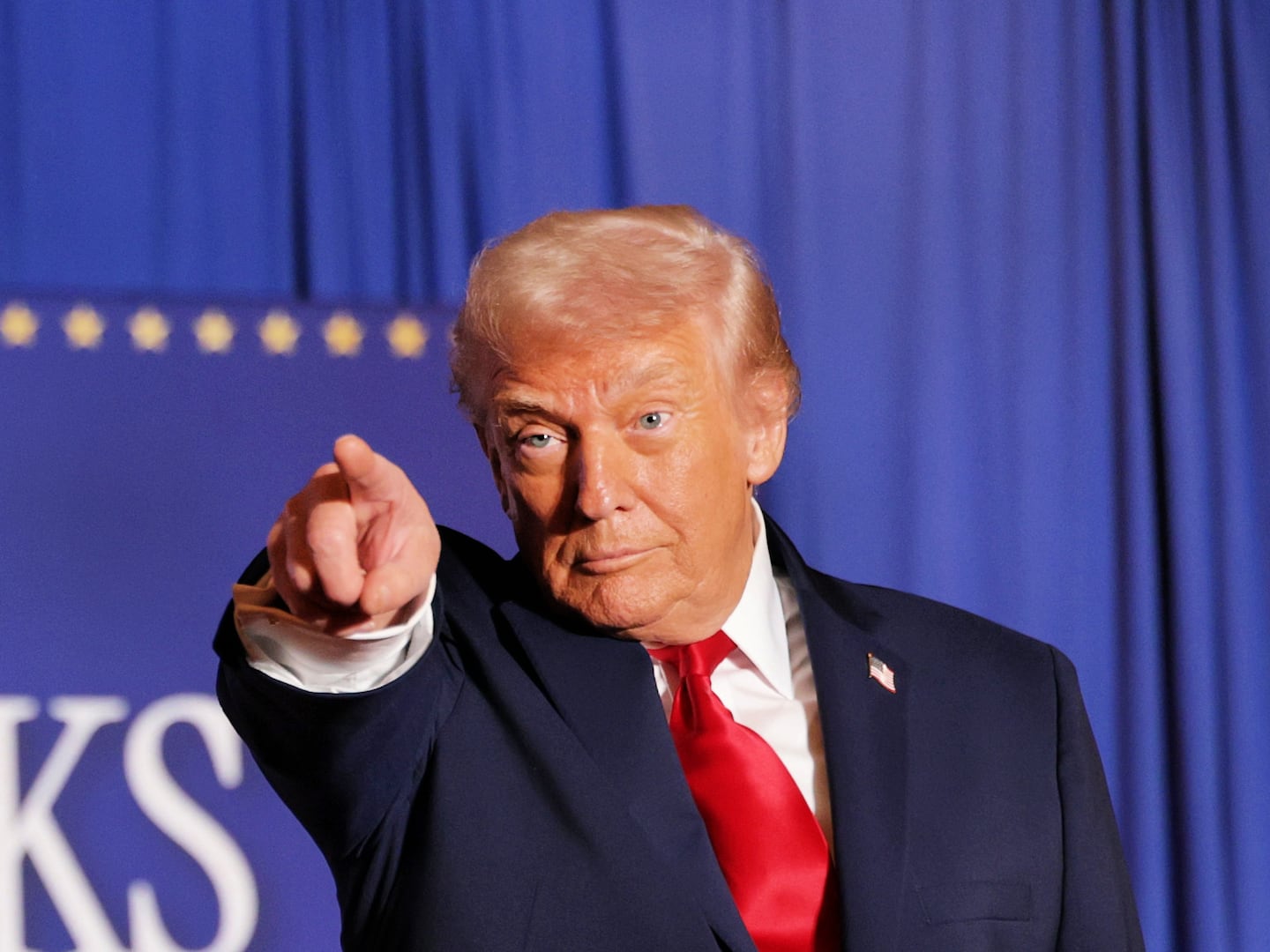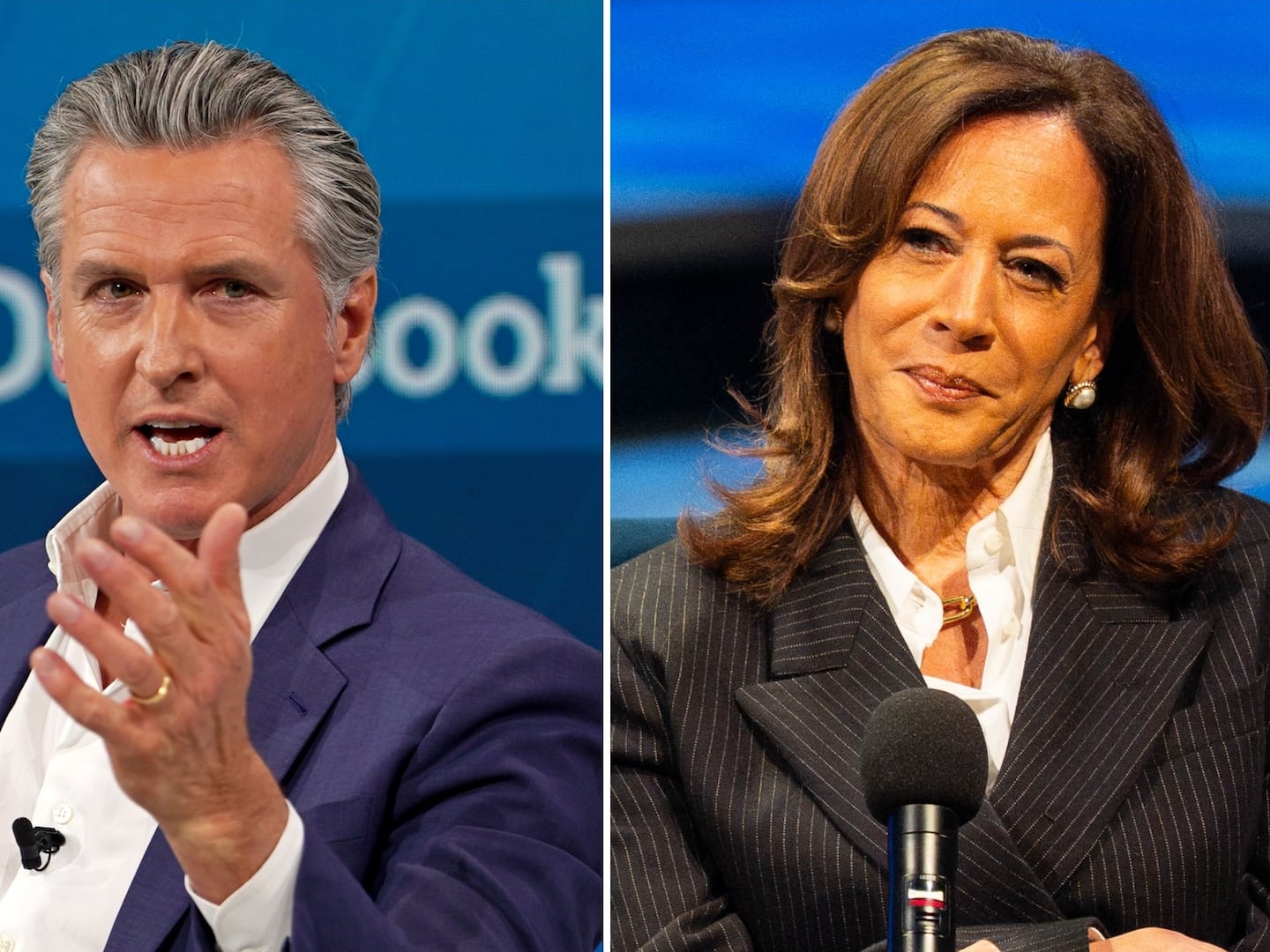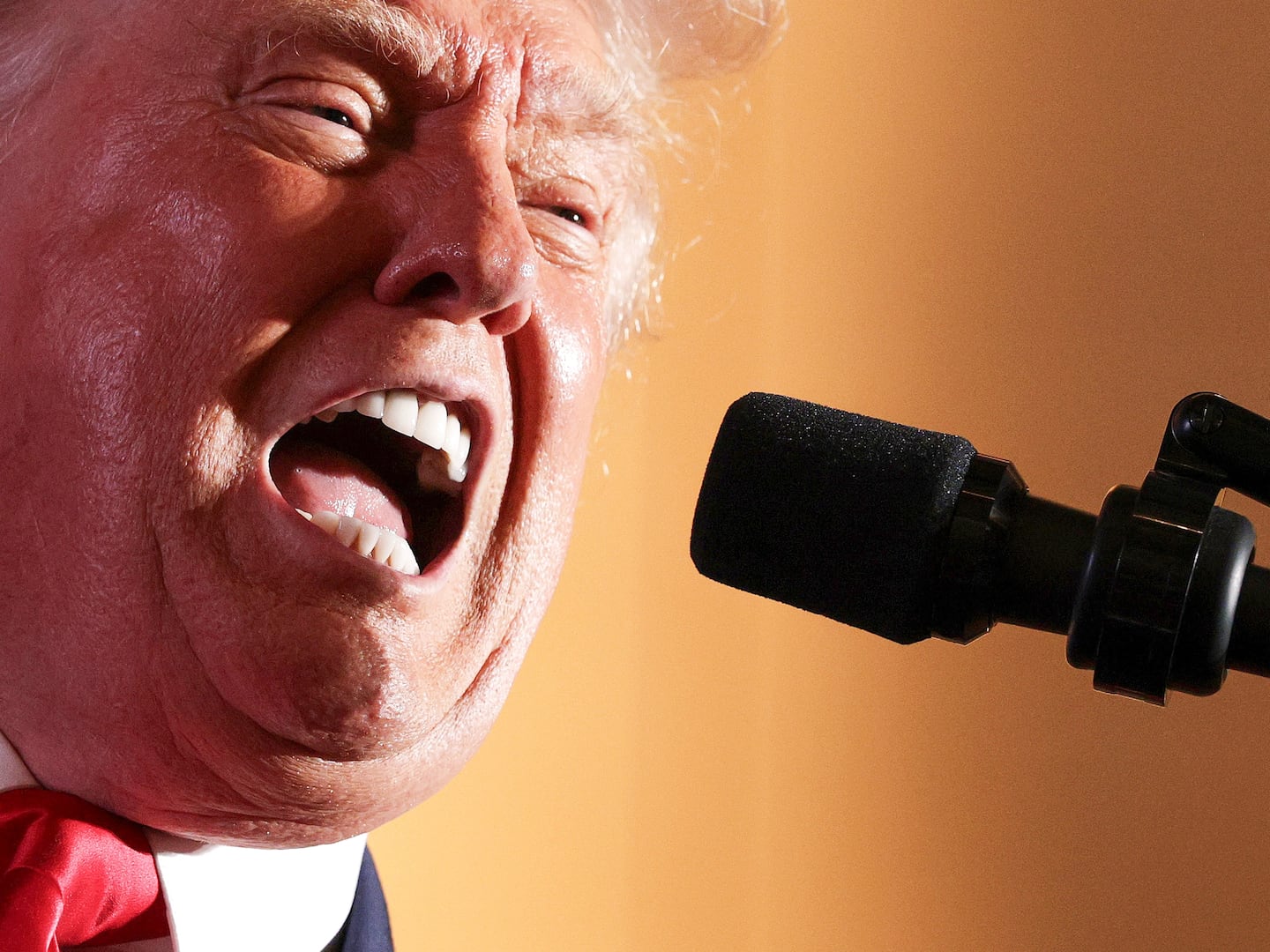Belgium’s Royal Museum of Central Africa is a gorgeous, neo-classical palace, nestled in an immaculately sculpted park, just a 20-minute drive east of the city of Brussels. Yet for many, it is a symbol of an atrocious legacy. Created to showcase artifacts from the Belgian Congo, it is associated with the horrors of colonial conquest: ruthless pillaging, racist oppression, and heinous slaughter.
It’s an ugly reputation, but the museum is now trying to set things right. On Saturday, it reopens after a five-year, $80 million makeover that is more than just about rearranging the displays. It is about giving the museum a new purpose. The result could help Belgium atone for its African misadventures.
“For more than 60 years, the museum spread a colonial message,” says Guido Gryseels, the museum’s director. “We now take a different view. The principle of colonization is fundamentally immoral and we completely distance ourselves from it.”

Guido Gryseels, General director AfricaMuseum
Africa MuseumGryseels says the museum’s current role is about raising awareness and becoming a world center for research. “We present the facts and memories of the past,” he says.
The museum was originally built for the 1897 International Exposition in Brussels. It was created by Belgium’s vainglorious King Leopold II to house his enormous collection of zoological and cultural materials from the Congo, from stuffed elephants to witch doctor masks to the uranium from the same mine as that used in the Manhattan Project.
It was the king’s personal collection because the Congo was Leopold II’s personal estate. It was claimed for him in 1885 by the American explorer Henry Morton Stanley. The woefully misnamed Congo Free State was the size of France, Germany, Norway, Spain and Sweden combined–or 76 times that of Belgium. In the so-called Scramble for Africa, Leopold hit pay dirt. His private army squeezed the land of its resources, slaughtering elephants for ivory, tapping trees for rubber.
The Congolese were treated like sub-humans: enslaved, brutalized, and mutilated. Soldiers punished fathers who failed to meet their rubber quotas by amputating their children’s hands. The crazed character of Kurtz in Joseph Conrad’s Heart of Darkness was likely inspired by the administrator Léon Rom, who decorated his garden with severed Congolese heads. Some estimates say that Congo's population fell by 10 million, or half its population, in the 40 years after 1885.
The museum itself has a dodgy past. When it opened in 1897, it included a copy of an African village, complete with 267 men, women and children brought over from the Congo to be displayed as a human zoo. Seven of them died from pneumonia during the exhibition. Yet about 1.3 million, a third of Belgium’s population at the time, came to gawk.

Chéri Samba, Réorganisation, 2002, Collection RMCA, HO.0.1.3865.
Chéri SambaThe Congo Free State was eventually handed over to the Belgian state in 1908, and was granted independence in 1960. But the brutal legacy endures today: the Democratic Republic of Congo is now one of the most unstable countries in the world.
All this made the museum renovation a task with historical, education, and political implications. Especially since the main exhibits had not changed since 1958, before independence.
“It has been an absolutely enormous challenge,” says Gryseels. “You cannot escape the museum’s colonial past: it is all around.” For example, Leopold II’s personal insignia of two capital letter L’s back to back is carved into the museum’s masonry 45 times. And the main hallway includes a grandiose gilded bronze statue entitled ‘Belgium brings civilization to Congo’.
While these statues cannot be moved, Gryseels says they can be contextualized with explanations about Leopold’s brutality. He was wary about telling the story just from a white perspective, so the museum sought the advice of African historians and museum directors throughout the process. They offered some additions: a memorial on the wall listing the names of 1,508 Belgians who died in service as Leopold’s colonial agents now has the names of Africans victims projected on top of it.
The overall focus in the museum is now on showing the full picture of central Africa, including the history before colonization, and the story since independence. It is almost doubling its floor space from 6,000 to 11,000 square metres, with a new visitor center and exhibition spaces on Congolese history, culture and contemporary art. The galleries now include rooms dedicated to biodiversity, minerals, language and music, rituals and ceremonies, and art history. The new entrance hall features an enormous, 20-meter-long canoe carved from a single tree.

A view from the Introduction gallery: A Museum in motion
Jo Van de VyverGryseels is even ready to discuss repatriation of artifacts–an issue given prominence last year when French President Emmanuel Macron said it was wrong for Europe to have 80 percent of Africa’s cultural heritage. Belgium has already returned hundreds of objects to the Institute of National Museums of Congo in Kinshasa, and to the National Museum of Rwanda in Butare.
“We acknowledge that the moral ownership is with the African countries themselves,” Gryseels says. “And there should not be any [debate] that human remains should be returned,” he adds, referring to items like the skull of Congolese warlord Lusinga lwa Ng’ombe, brought back to Brussels by the Belgian army officer who ordered his killing.
The problem, however, is to find out where they came from. “We have a full inventory. But we don’t know how they were collected. Was it a gift? Were there other compensations?” he asks, adding that any claims have to be checked thoroughly.
This brings Gryseels to what he considers the museum’s main purpose now: as a research center. Its collection includes 125,000 ethnographic items, 10 million zoological ones, six million insects, 200,000 rock samples, and 3,000 historical maps. It is still the foremost resource for central African history, with a team of 130 researchers. “The core endeavors of this Africa-oriented institution consist of acquiring and managing collections, conducting scientific research, and mounting selected exhibitions,” he says.
Like many Belgians, Gryseels was told at school that the imperial experience was entirely benevolent: Belgians went to the Congo to build roads, schools and hospitals. Belgian school books would contain phrases like, "Negroes are indolent, lazy by nature, lacking in foresight." Adam Hochschild, author of King Leopold's Ghost, the 1998 bestseller that explores Belgium's savage colonial history, says that for decades the museum perpetuated “a very rosy view of the colonial era”.

The new visitor's pavilion
Jo Van de VijverBut attitudes are changing. In July, Brussels renamed a square after Patrice Lumumba, the radical, first prime minister of an independent Congo, who was killed in 1961 by Belgian police officers working with the CIA. It helps that the Congolese diaspora in Belgium, which has grown ten-fold since independence, is making its voice heard (doubtless aided by the exploits of football stars like Romelu Lukaku and Vincent Kompany, both of Congolese descent).
Gryseels accepts that the museum has a role to play in rewriting Belgium’s colonial story, including working with education ministries to teach a more accurate story of colonialism in schools. “We have a responsibility to play our part in this debate,” he says. “But it is a slow process.”

